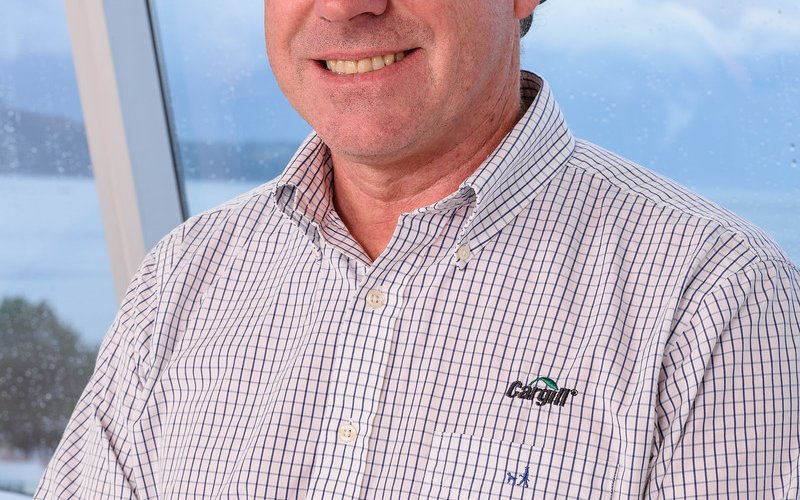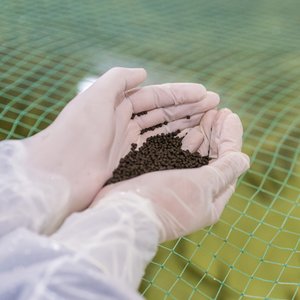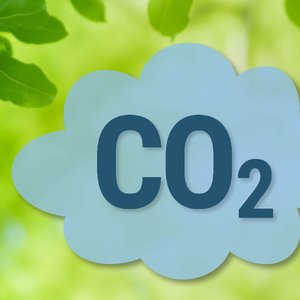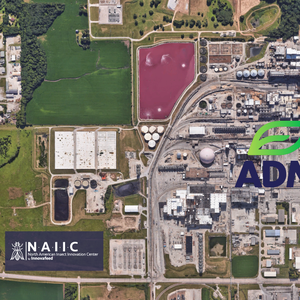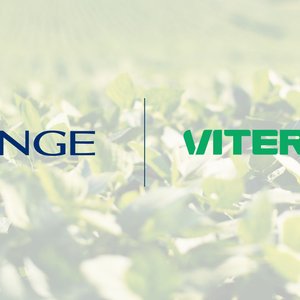Cargill Chile introduced a new development in its latest online talk, The Evolution of Nutrition - Essential Nitrogen, part of First Friday, a cycle of online talks that the company has been developing since April 2020.
Rodrigo Solervicens, technical manager for Cargill in Chile, introduced the new “Essential Nitrogen” concept. He first explained that, when talking about fish nutrition, the aim is to generate the highest value and the least loss. Solervicens described the energy cycle of feed, from its raw value to its fixation as matter or tissue. He explained that digestible energy comprises non-nitrogen (lipids) and nitrogen (proteins) energy, and although diets have always focused on the proportion of these two variables (lipids/proteins), the new “Essential Nitrogen” concept goes one step further into detail of nitrogenous micronutrients.
“Within the nitrogen energy, we can identify a part of non-essential nitrogen (catabolic energy) and essential nitrogen (anabolic energy that is fixed as matter). Therefore, what interests us is to maximize this last component and that most of the energy is not burned unnecessarily,” Solervicends said.
Cargill, together with the Institute of Marine Research in Norway, studied the interaction between key nitrogenous compounds, feed supply/demand and physiological and environmental conditions with a standard feed and established the requirements and optimal ratio of nitrogen compounds. The same feed was then applied to a test group under stress and researchers found a higher proportion of energy expenditure to catabolize excess nitrogen (non-essential nitrogen) and a decrease in the percentage of essential nitrogen. Researchers found that this situation could be solved by increasing certain limiting nutrients in the diet.
These tests helped define the essential nitrogen requirements for each life stage of fish, optimizing the performance of the feed at a more competitive cost, maintaining or increasing growth and reducing nitrogen excretion to the environment. In RAS, for example, these new diets can mean between 10 - 20% fewer nitrogen discharges reducing the excess of nitrogen that can cause injury to the gills and can optimize the functioning of biofilters. “In short, higher performance with less waste,” the company said.
The new concept will be incorporated in all salmon feeds in 2021.


